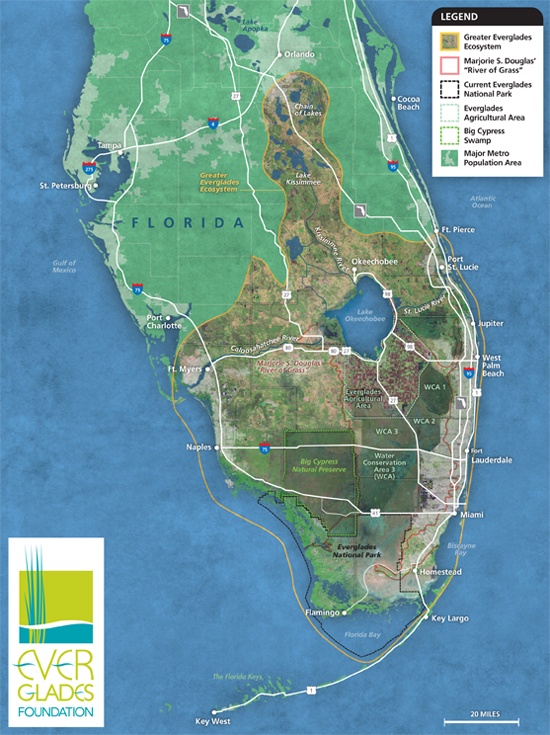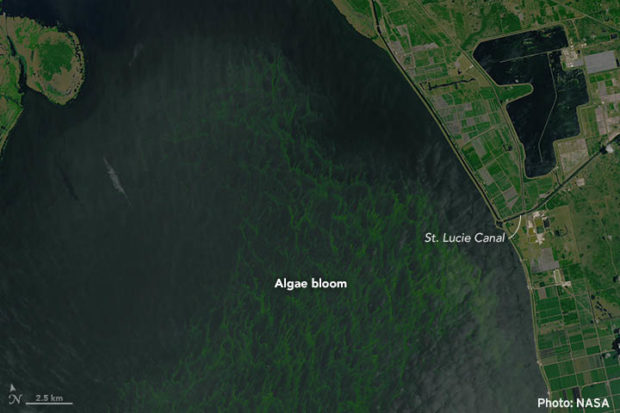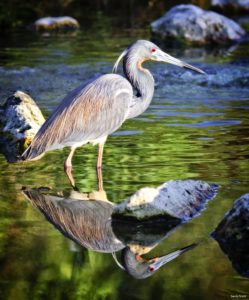We have much more to do and your continued support is needed now more than ever.
Sportsmen To Congress: Protect America’s Everglades

The scene in South Florida this summer sounds like one out of a horror movie, but it’s all too real for Florida’s residents, sportsmen, and wildlife. Thick, smelly layers of toxic blue-green algae are coating Florida’s coasts, causing fish kills and closing beaches; seagrasses are dying in Florida Bay, a herald of the bay’s potential collapse.

America’s Everglades – and the wildlife and sportfish that depend on its restoration for survival – are suffering.
How did all this toxic slime come to mar paradise?
In order to maintain safe water levels in Lake Okeechobee throughout the year, the U.S. Army Corps of Engineers must release billions of gallons of polluted freshwater to the east and west through the St. Lucie and Caloosahatchee Rivers. While toxic algal blooms erupt on the east and west coasts from these polluted freshwater discharges, the Everglades National Park and Florida Bay to the south are starved of critically needed water. This unbalanced system wreaks havoc on delicate estuaries that provide critical habitat for sportfish and other wildlife.

The solution is simple – send clean water south, as it would naturally flow, to the Everglades National Park and Florida Bay. The State of Florida needs to work with the Army Corps starting this year to plan for water storage, treatment, and flow south of Lake Okeechobee through the Everglades Agricultural Area. We can’t afford a delay.

America’s sportsmen and women are witnessing this crisis firsthand and are a critical voice in calling for a solution. In July, NWF’s Vanishing Paradise team was joined by more than 150 hunting and fishing businesses and organizations across the country asking Congress to prioritize funding for Everglades restoration and to accelerate science-based restoration efforts like the Central Everglades Planning Project and water storage projects.

Additionally, more than 400 sportsmen called on the state of Florida to work with the Army Corps of Engineers starting this year to plan for water storage, treatment, and conveyance south of Lake Okeechobee.
Hunters and anglers want to save the “Fishing Capital of the World” for generations to come. They want Congress to recognize the importance of restoring the flow of clean water south from Lake Okeechobee to Florida Bay. It’s the only way to protect the renowned fishing grounds that draw so many to South Florida year after year. It’s the only way we can protect this paradise and prevent another summer of toxic slime.
Stay In TouchKeep up with sportsmen and women committed to restoring the Gulf Coast.






















